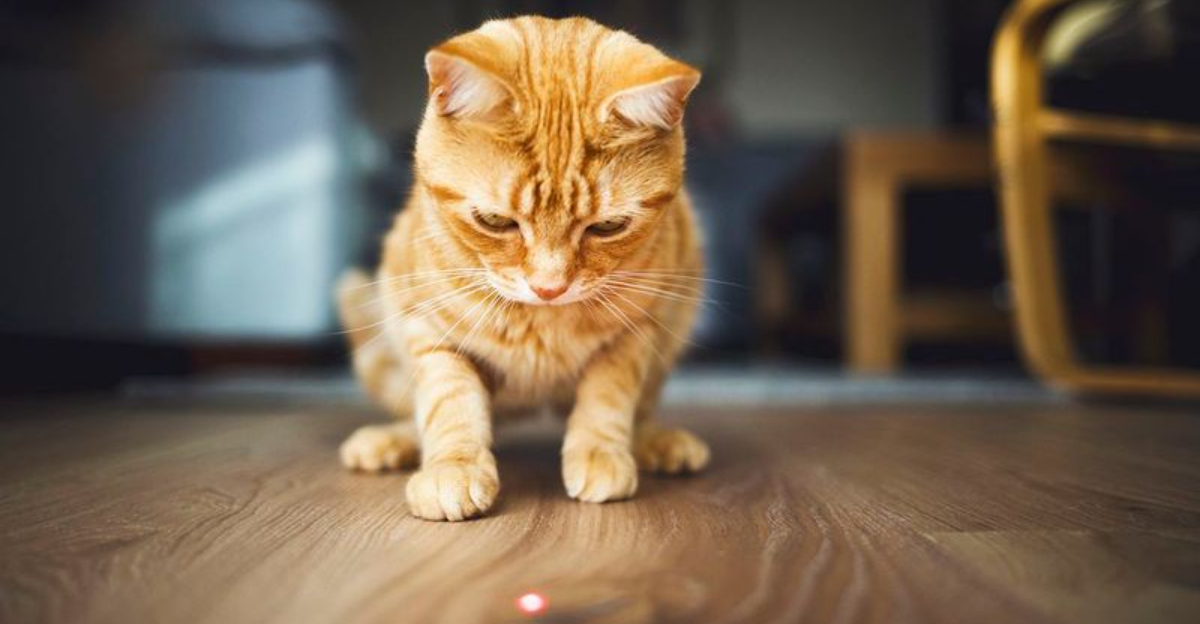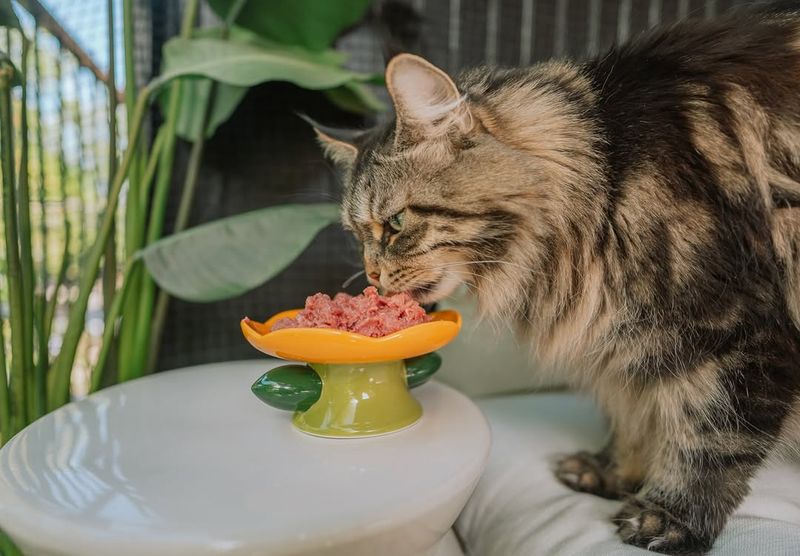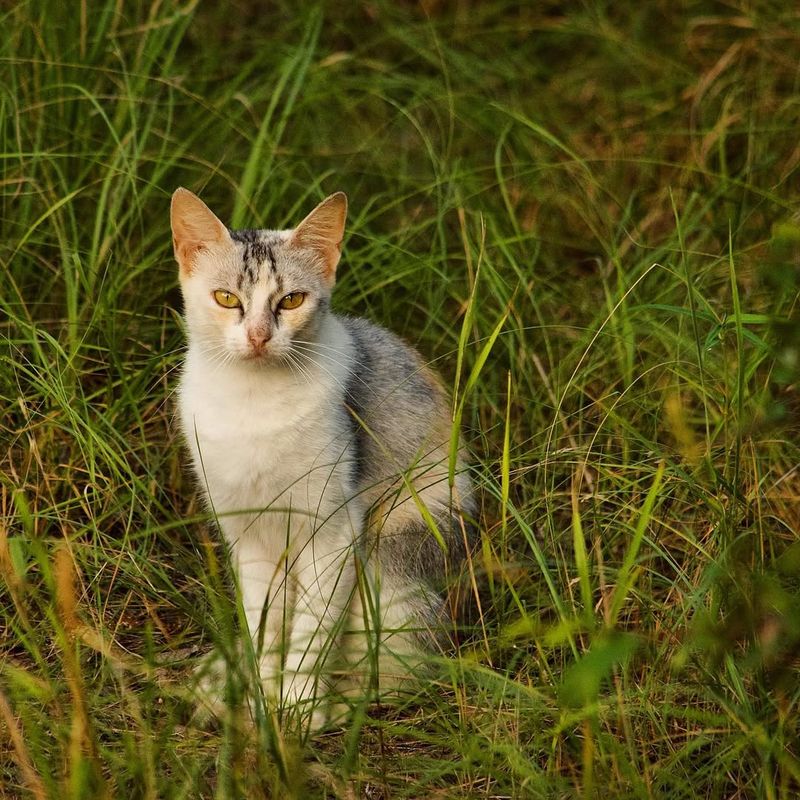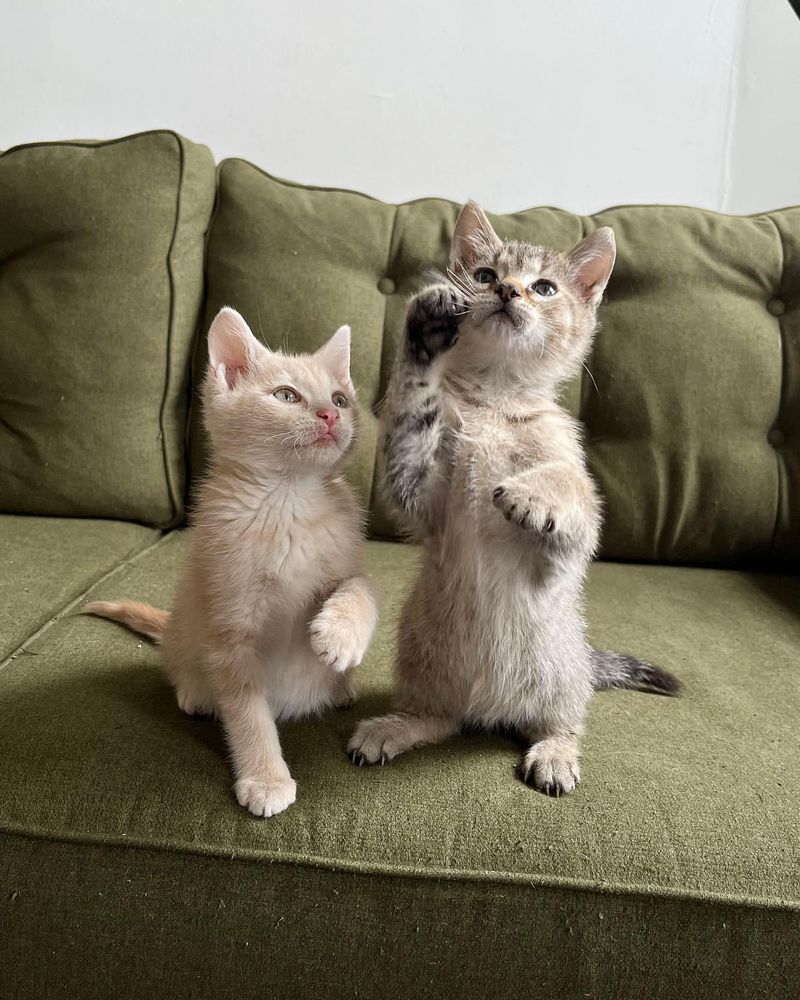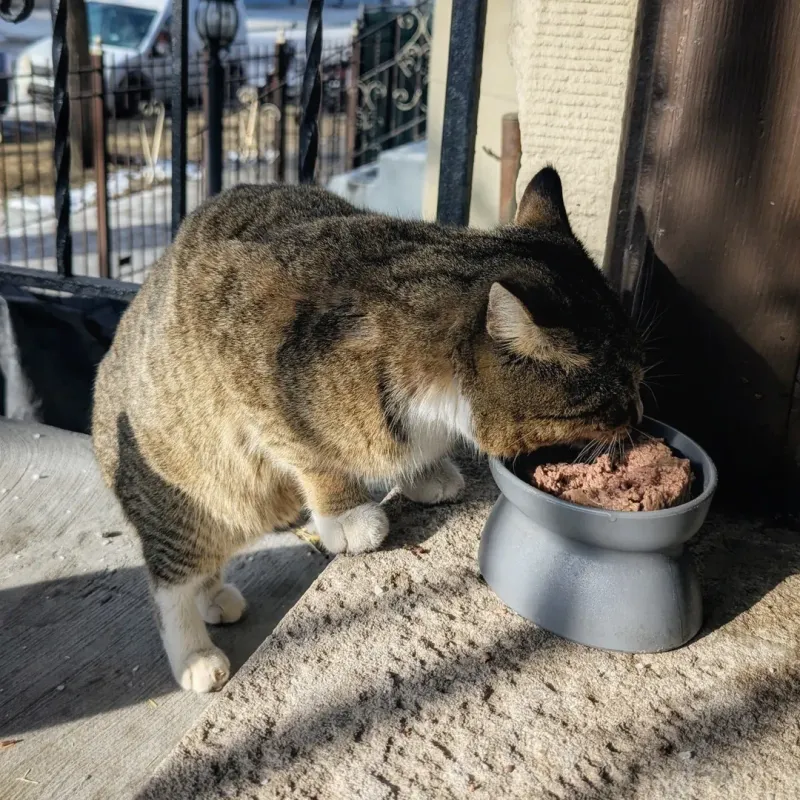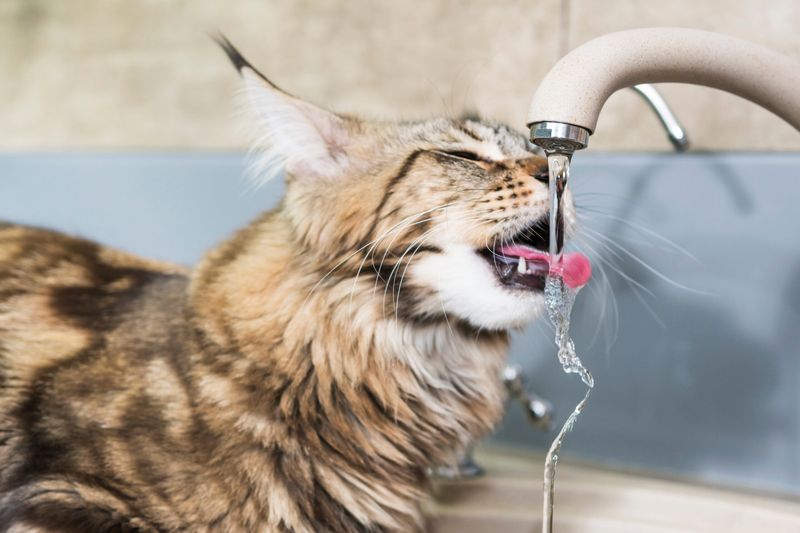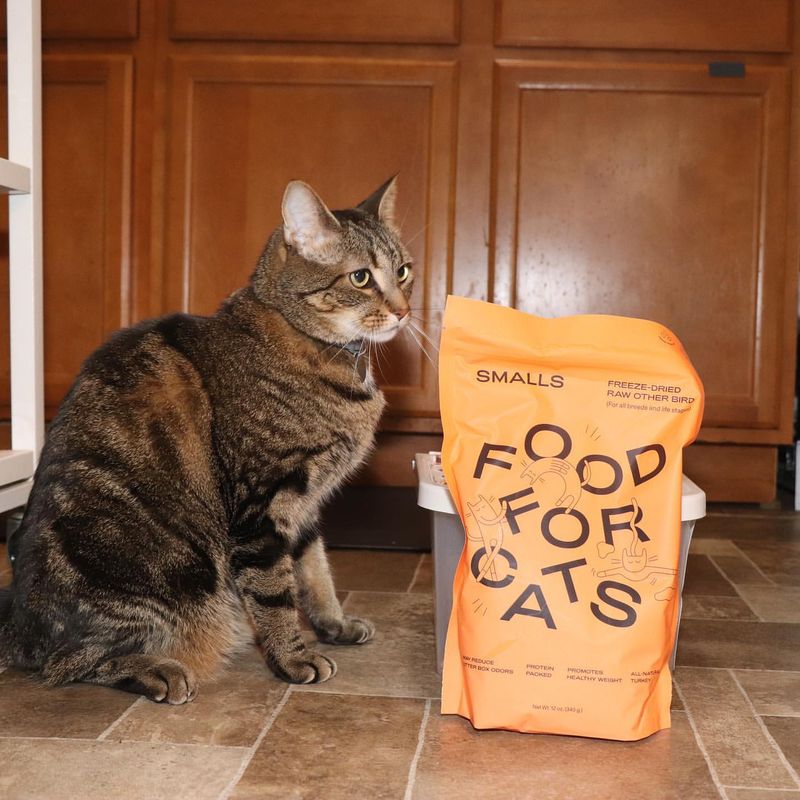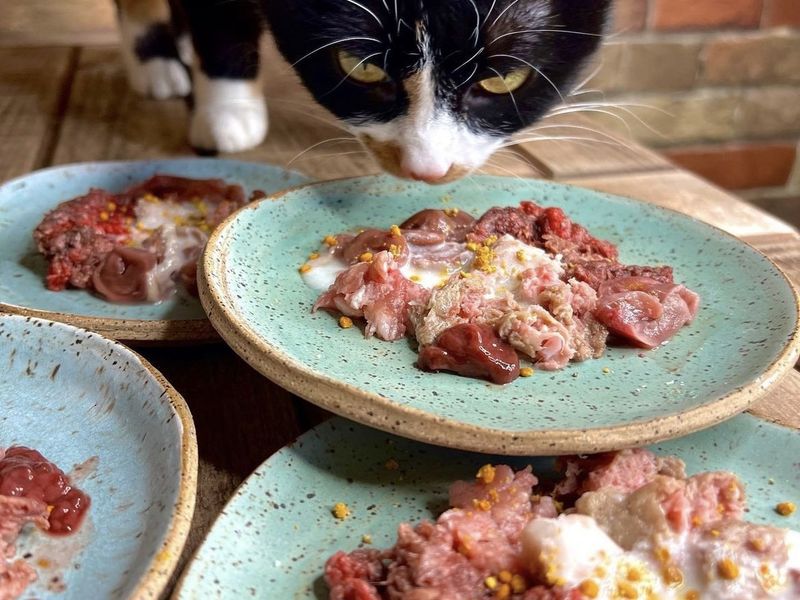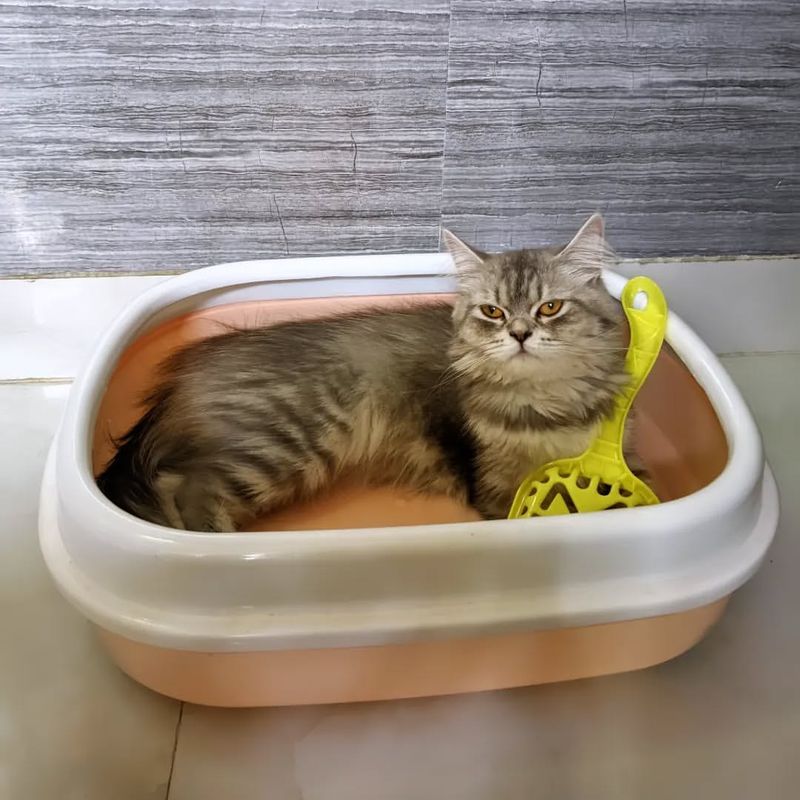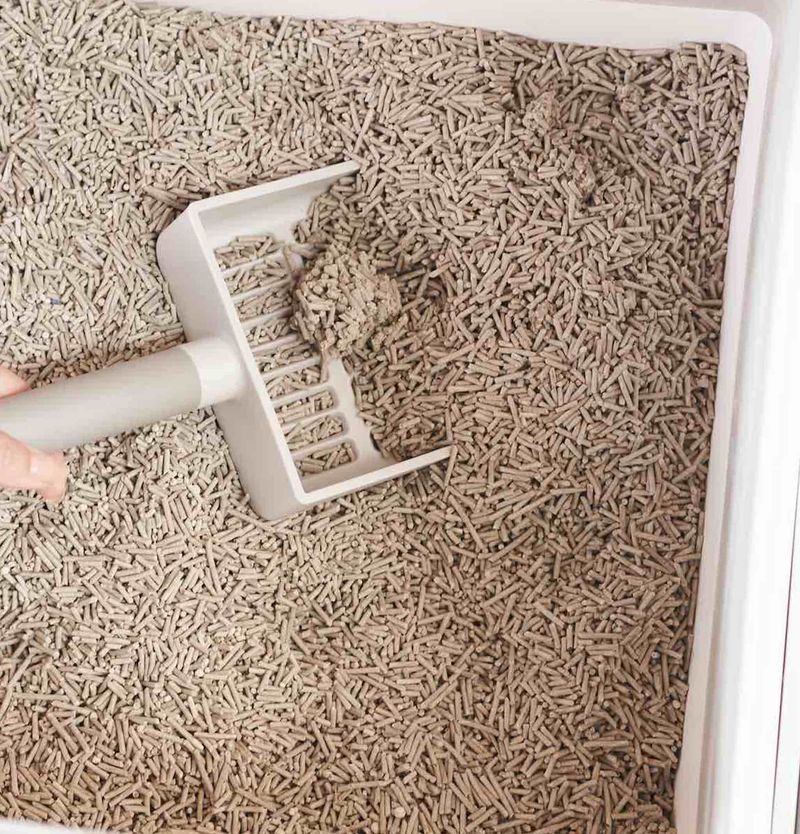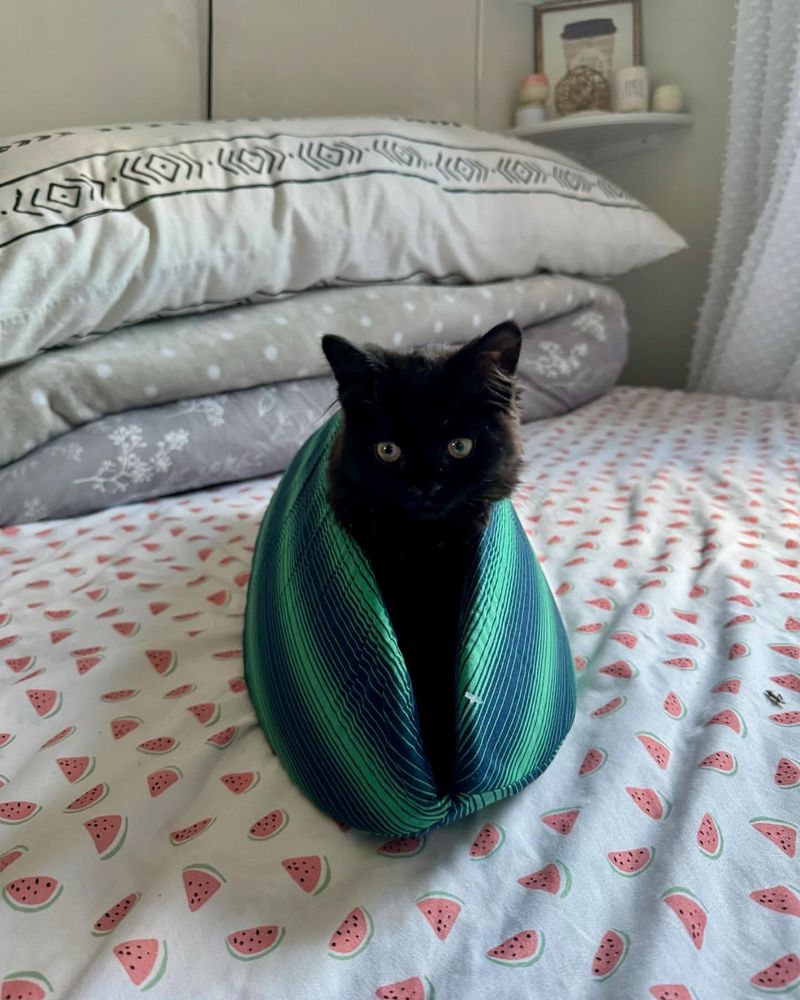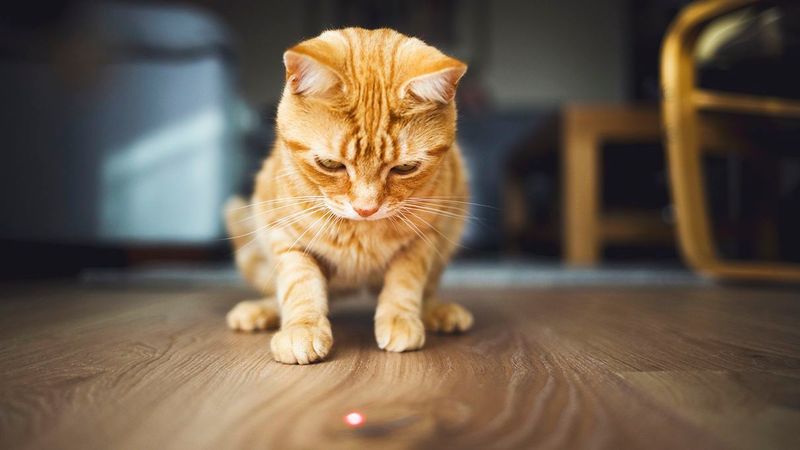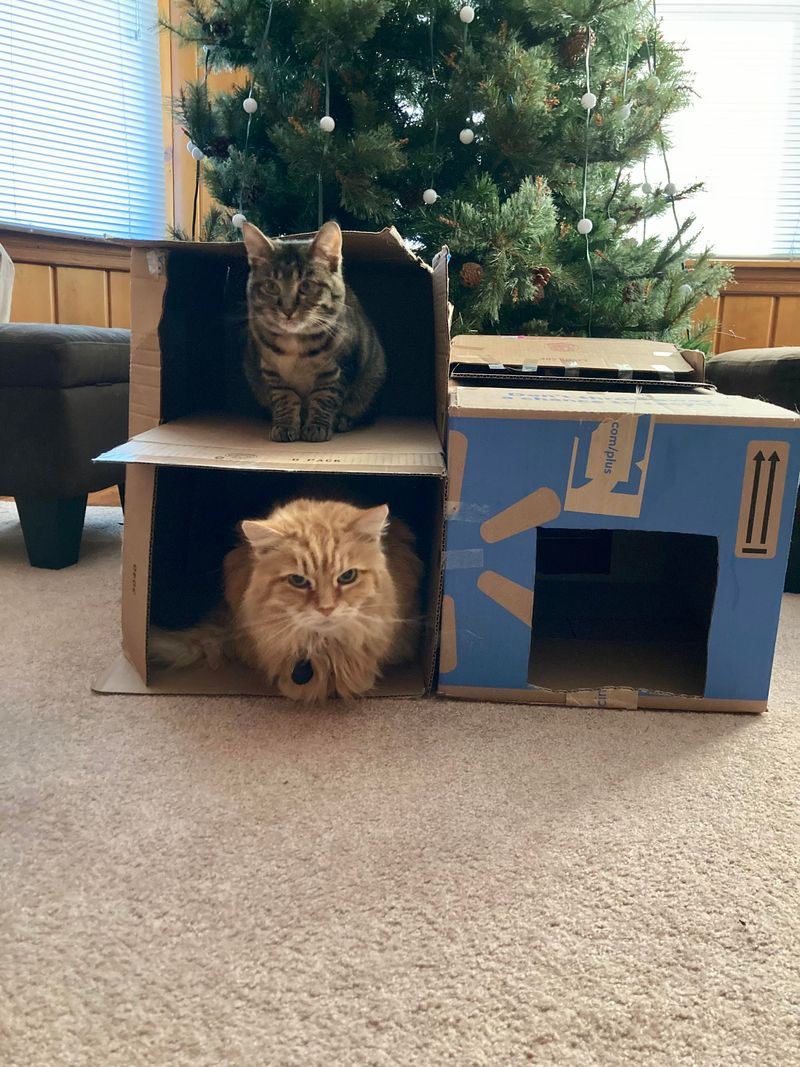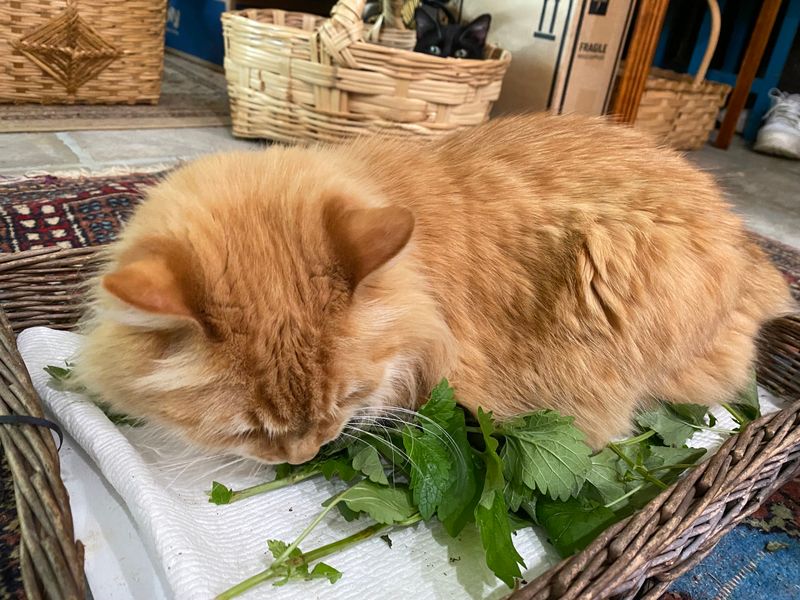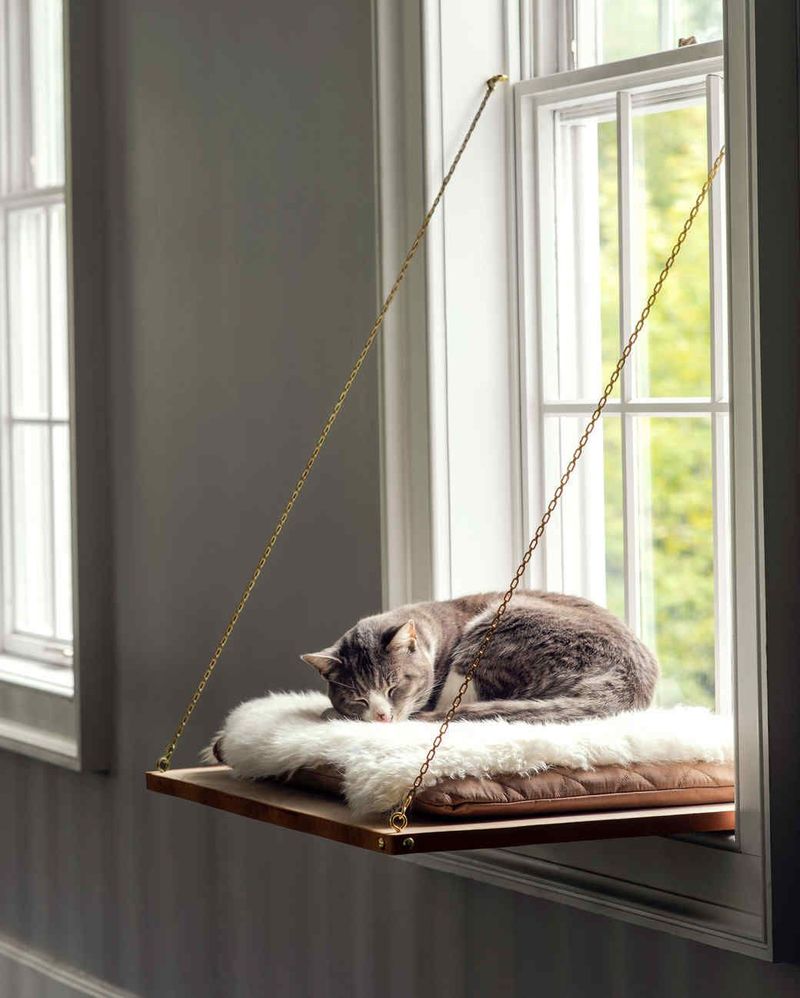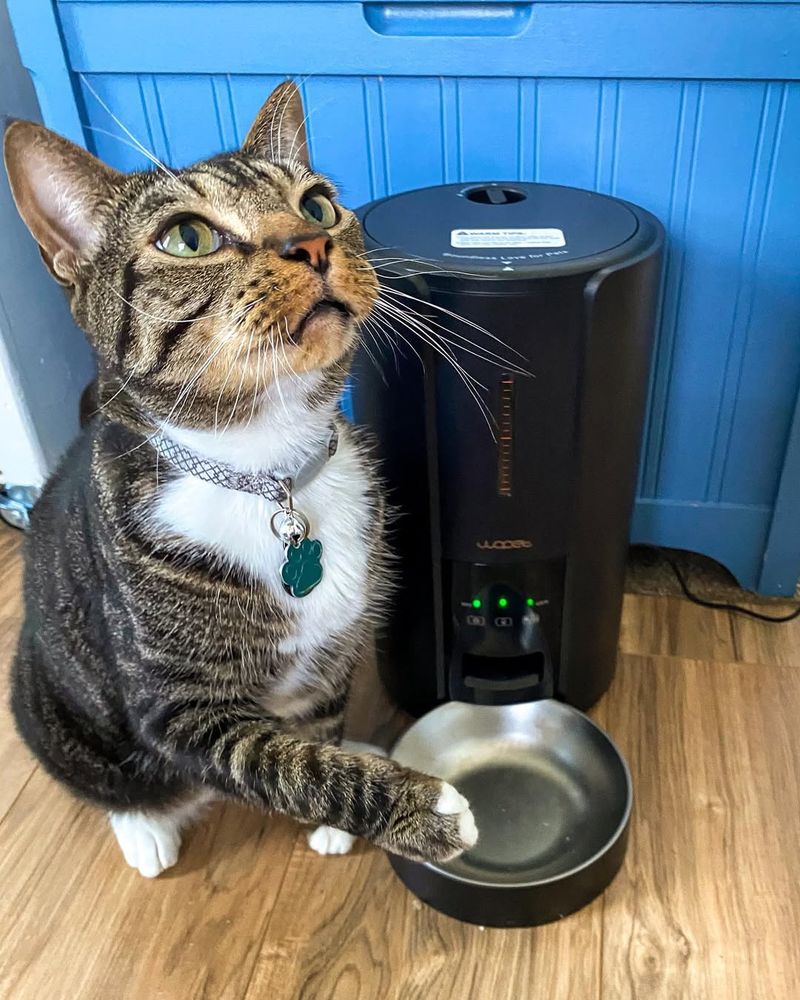📖 Table of Content:
- 1. Wet Food vs. Dry Food
- 2. Indoor vs. Outdoor Cats
- 3. One Cat or Multiple Cats?
- 4. Free Feeding vs. Scheduled Meals
- 5. Tap Water vs. Filtered Water
- 6. Grain-Free vs. Regular Cat Food
- 7. Raw Diet vs. Commercial Cat Food
- 8. Litter Box with a Cover vs. Open Litter Box
- 9. Clumping vs. Non-Clumping Litter
- 10. Cats on the Bed vs. Their Own Space
- 11. Laser Pointers vs. Feather Toys
- 12. Cardboard Boxes vs. Cat Trees
- 13. Catnip vs. Silver Vine
- 14. Window Perches vs. Enclosed Beds
- 15. Automated Feeders vs. Traditional Bowls
Whether it’s about food, grooming, or daily care, cat lovers often find themselves debating the best choices for their feline companions. These discussions stem from the desire to provide the best possible care while balancing convenience and a cat’s natural instincts.
From dietary preferences to lifestyle decisions, some of the most common cat debates revolve around wet versus dry food, indoor versus outdoor living, and free feeding versus scheduled meals. Each choice has its own benefits and drawbacks, often influenced by a cat’s health, behavior, and environment. Understanding the unique needs of each cat is essential when making these important decisions.
These debates are not just about personal preference but about ensuring the well-being and happiness of our feline friends. While there may not always be a one-size-fits-all answer, thoughtful consideration and expert advice can help guide responsible choices. At the end of the day, every cat is different, and what works for one may not work for another—making these discussions both necessary and never-ending.
1. Wet Food vs. Dry Food
Choosing between wet and dry food is a common dilemma for cat owners. Wet food offers hydration benefits, crucial for cats prone to urinary issues. However, dry food is often more convenient and helps with dental health. Many veterinarians recommend a balanced combination to provide complete nutrition. Personal preferences, budget, and the cat’s health condition play significant roles in the decision-making process. Consulting with a vet can provide tailored recommendations to suit individual cats’ needs.
2. Indoor vs. Outdoor Cats
The debate over whether cats should be indoor or outdoor is ongoing. Indoor cats are protected from dangers like traffic and predators, typically living longer. However, outdoor cats enjoy more freedom and mental stimulation. To compromise, some owners create enclosed outdoor spaces or use supervised outdoor time. Each option requires weighing safety, environmental factors, and the cat’s personality. Owners must consider their specific circumstances and make informed choices to ensure their cat’s well-being.
3. One Cat or Multiple Cats?
Whether to have one cat or multiple is a common consideration. Single cats often form strong bonds with their owners but may become lonely. Multiple cats can entertain each other, reducing boredom and potentially minimizing behavioral issues. However, introducing new cats requires careful planning and compatibility checks. Each cat’s temperament and socialization history are crucial in deciding the best living arrangement. Owners should observe their cats’ behavior to determine if they might benefit from companionship.
4. Free Feeding vs. Scheduled Meals
The choice between free feeding and scheduled meals often depends on both the owner’s lifestyle and the cat’s needs. Free feeding is convenient but can lead to obesity if not monitored. Scheduled meals allow for portion control and monitoring of eating habits but require consistent timing. Some cats thrive on routines, while others prefer occasional grazing. Observing the cat’s eating behavior and health can guide owners to the most suitable feeding strategy for their pet.
5. Tap Water vs. Filtered Water
Choosing between tap and filtered water for cats is a matter of personal preference and water quality. Tap water is usually safe but may contain minerals or chemicals not ideal for sensitive cats. Filtered water offers peace of mind by removing impurities, potentially improving taste and preventing urinary issues. Owners should consider their local water quality and their cat’s health history. Providing fresh, clean water at all times is essential for a cat’s hydration and well-being.
6. Grain-Free vs. Regular Cat Food
The grain-free trend has sparked debate among cat owners. Some believe grain-free diets are more natural and reduce allergies, while others see them as unnecessary. Most cats tolerate grains well, and grain-free options may not offer significant benefits unless a specific allergy exists. It’s essential to focus on overall ingredient quality and nutritional balance rather than grain content alone. Consulting with a veterinarian can help determine if a grain-free diet is beneficial for a particular cat.
7. Raw Diet vs. Commercial Cat Food
Raw diets are growing in popularity, believed to be closer to a cat’s natural diet. However, they come with risks like bacterial contamination and nutritional imbalances if not carefully prepared. Commercial cat foods, on the other hand, offer convenience and are formulated to provide complete nutrition. The choice often depends on the owner’s ability to manage the complexities of a raw diet safely. Consulting with a vet ensures the chosen diet meets all of a cat’s nutritional needs.
8. Litter Box with a Cover vs. Open Litter Box
The decision between a covered or open litter box involves privacy versus ventilation. Covered boxes offer privacy and contain odor but may trap smells inside, deterring use. Open boxes allow for better air circulation but may expose odors and mess. Cats have individual preferences, so experimenting with both types can reveal what a cat prefers. Proper and frequent cleaning is essential regardless of the type to ensure the cat’s comfort and hygiene.
9. Clumping vs. Non-Clumping Litter
Choosing between clumping and non-clumping litter depends on convenience and cat preferences. Clumping litter simplifies cleaning by forming solid clumps around waste, making it easy to scoop. Non-clumping litter may require more frequent changes and can be messier, but some cats prefer its texture. Evaluating the litter box habits and preferences of the cat can guide the choice. Both types require regular maintenance to ensure cleanliness and minimize odor.
10. Cats on the Bed vs. Their Own Space
Allowing cats on the bed or giving them their own space is a personal choice. Sharing a bed can strengthen bonds, but may disturb sleep if the cat is restless. A separate space can provide the cat with a safe haven, promoting independence. Some cats enjoy cuddling, while others prefer solitude. Observing the cat’s sleeping habits and comfort preferences helps determine the best sleeping arrangement. Respecting a cat’s choice fosters mutual respect and understanding.
11. Laser Pointers vs. Feather Toys
Some cat owners swear by the elusive red dot of a laser pointer, claiming it provides endless entertainment and exercise. Others argue that feather toys are more natural and engaging, allowing cats to satisfy their hunting instincts physically. The debate often centers around the potential frustration a cat might feel when unable to catch the laser dot. Feather toys, on the other hand, offer a tactile experience and can be dangled, thrown, or dragged to mimic prey. Ultimately, the choice may depend on the individual cat’s preferences and the owner’s dedication to playtime interaction.
12. Cardboard Boxes vs. Cat Trees
Some felines find unparalleled joy in the simplicity of a cardboard box, offering a sense of security and a perfect hideaway. Conversely, cat trees are often touted for their complexity, providing climbing opportunities and multiple vantage points. Cardboard boxes are cost-effective and easily replaceable, while cat trees can be a significant investment. The debate hinges on the balance between natural feline behaviors and modern convenience, leading owners to ponder which truly offers better enrichment.
13. Catnip vs. Silver Vine
Catnip is renowned for its euphoric effects on many cats, often leading to delightful antics and play. However, silver vine, a lesser-known alternative, is gaining popularity for its similar but reportedly more intense effects. Some cats that are indifferent to catnip might react enthusiastically to silver vine, sparking a debate on which stimulant is more effective. It ultimately boils down to individual preferences and the quest to find that perfect playtime catalyst for your furry friend.
14. Window Perches vs. Enclosed Beds
The choice between a window perch and an enclosed bed often reflects a cat’s personality. Window perches provide endless entertainment and a warm spot to sunbathe, ideal for curious cats. Enclosed beds, in contrast, offer privacy and a snug retreat, perfect for more introverted felines. Owners must consider whether their cat prefers the bustling view outside or the comfort of their own secluded space. The debate continues as both options cater to very different feline needs.
15. Automated Feeders vs. Traditional Bowls
For tech-savvy cat owners, automated feeders represent convenience and precise portion control. They can be programmed to dispense food at scheduled times, benefiting busy individuals. Traditional bowls, however, offer simplicity and a more personal touch, with owners directly engaging in their cat’s mealtime routine. The debate revolves around the balance between modern technology and timeless simplicity, as each option has its unique appeal depending on lifestyle needs.
